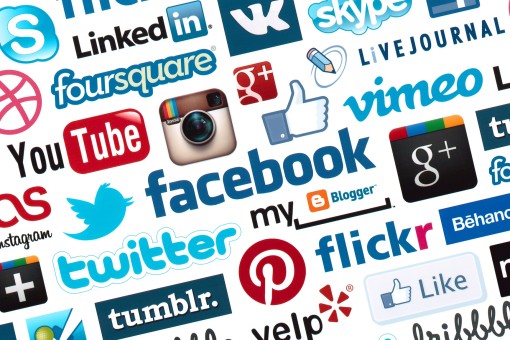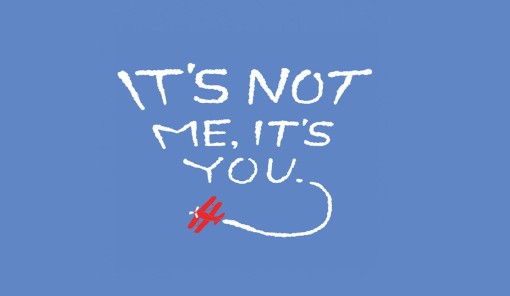Unlike your favourite real holidays, which happen annually, you only get the chance to celebrate February 29, or Leap Day,
Read more

When you first waltz into a shop your initial impression will be your lasting one, in which case, the person
Read more
When Sherlock Holmes, a detective whose skill is only eclipsed by his fashion sense, walks into a room for the
Read more
A wise, rather scantily clad woman once said: “You can be the ripest, juiciest peach in the world, and there’s
Read more
When’s the last time you listened to your staff answer – or talk to a client on – the phone?
Read more
In Singapore, Valentine’s Day is a pretty big deal. Restaurants are booked out way in advance, boxes of chocolates are
Read more